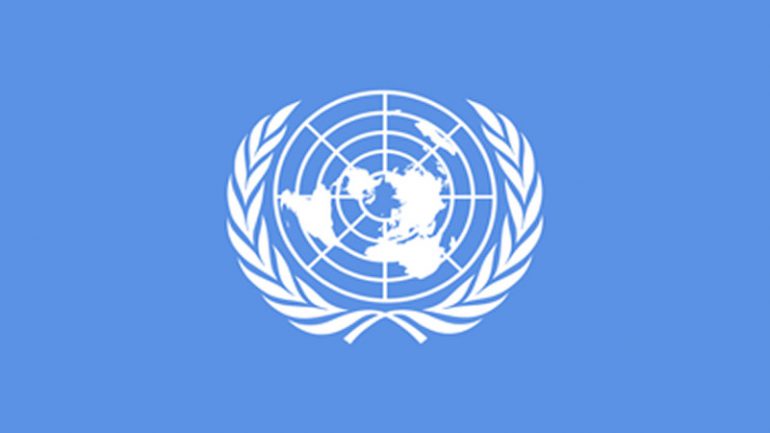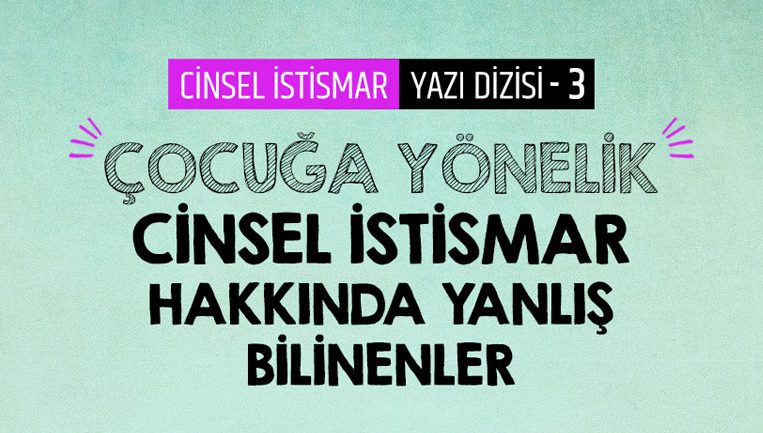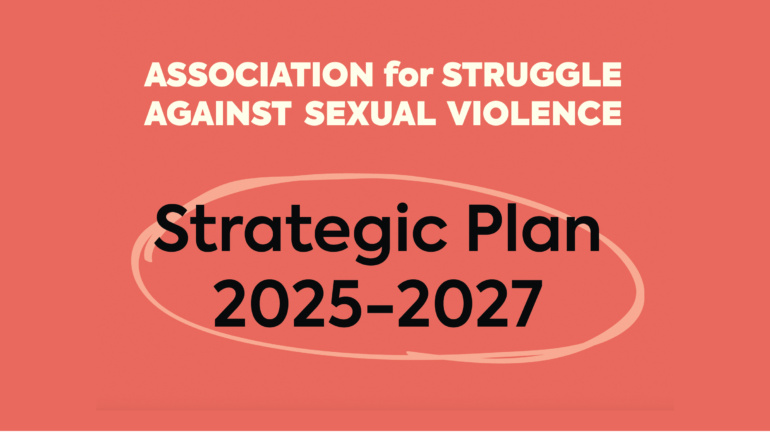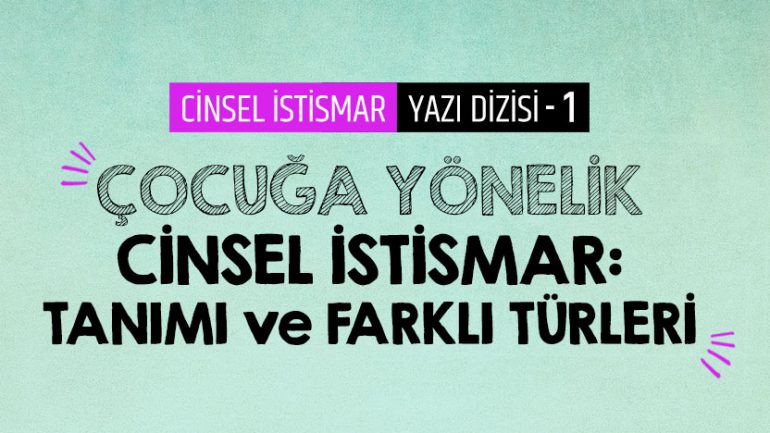SEXUAL ABUSE ARTICLE SERIES– 4
Sexual Abuse and Rights-Based Journalism
The language and images used in the media affect our perception of both children and sexual abuse. The harm; caused by the understanding of journalism that is inaccurate, false, and not taking the best interests of the child into account, basically concerns all children and society. Therefore media language and approach have a significant role in the prevention of sexual abuse and the support process following abuse.
When it comes to children, the language and understanding of the media, which represents children as weak, desperate, incapable of expressing their ideas and needs, lays the ground for violations of rights by preventing the persons from seeing the child as an individual. The news published with this approach causes these stereotypes to be mainstream and get accepted in society. This situation often makes violations of rights invisible and shapes our perception in this regard. In the rights-based journalism approach in which the child is an individual right holder, the language and content of news take shape through this approach.
Why are concepts important?
Concepts are important for being able to define a form of violence. Some of those we use can reproduce false beliefs that we internalize as a society. It is important to question how the concepts may impact perpetrators of violence, survivors, and witnesses of violence. It is also the case for the news about children. Terms, concepts, and expressions; that reproduce violence or provide generalizations about the perpetrator and survivor; that contain judgmental and victim-blaming approaches, can create negative feelings that target persons, trigger their trauma, fuel despair, etc., and may include violation of rights.
Mistakes in the news and recommendations for solutions
- Violation of the principle of protection of the child may be one of the most common mistakes made in the news that cause violations of children’s rights. While reporting sexual abuse, the use of simulative and real photographs is wrong and another form of child abuse.
- Photos and images that show a person in the corner, alone, crying, making a stop sign to a perpetrator we cannot see, staying in the dark, blurred as if they have to hide, can create a debilitating perception for the abused and can be a trigger for survivors of abuse.
- “The frameworks and imagery that objectify children and contain messages fueling “weakness”, “helplessness” and “despair” harms the combat against sexual abuse. These photos do not reflect the truth. It is possible to heal and recover after sexual abuse. Instead of using language that would create the perception that abuse is “fate”, “unavoidable” or “the child’s life is ruined”, the existence of support mechanisms, the places that can be applied for getting support can be highlighted more.
- Photographs and images, in which only a certain group and gender or mostly girls in ragged clothes implying poverty are depicted, create generalizations and create the perception that either only a certain group is affected by sexual abuse or that sexual abuse affects only a certain group. With the awareness that every individual under the age of 18 is a child, the media should create content by giving the message that every child, regardless of age, 3 or 15, is unique and valuable.
- Using concepts such as “pervert, monster, pedophile and murderer” feeds the false beliefs about sexual abuse and causes the abuse to increase. Messages should include the fact that the perpetrator of sexual abuse can be of any age, from any socio-economic level, any political view, and any gender, and any country. There should be no labeling and generalizations by targeting the perpetrator’s occupation, country of origin, refugee status, and the neighborhood where they live.
- Content of news should not be limited to punishing the perpetrator. The support provided and the rights of the survivor should also be mentioned. The fact that the survivors struggled with victim-blaming, stigma, forced marriage, generalization, and shame and that they cannot use their rights such as seeking support, seeking justice, and continuing their education, should not be ignored.
- When addressing the injustices inflicted on children due to inequality, children’s rights protected by civil law and international conventions should be constantly highlighted. Images of activists struggling for children’s rights also increase the invitation to break the silence for all children subjected to violence, call people to action and reinforce the message that “We will not give up our struggle”.
- The slogans chosen while giving a message are important. The main message should be to call the whole community to listen to children’s voices and rights. Instead of slogans such as “The child is silent, you should not be silent for them” that pacify and silence children, empowering slogans such as “Listen to Children Carefully; Prevent Abuse Completely!” should be used.
- In the content of news, while framing the news, it should be emphasized that “It is adults’ responsibility, not the child’s”; the responsibilities of the state should be reminded and the related authorities should be called to take action in preventing abuse.
- In a society where children do not have their own media channels or have limited means, it is important and necessary for the media to become a tool/channel to remind the adults of children’s rights.
It is the responsibility of media professionals to represent children as individuals in the media and focus on their rights. Children should not be represented only with negative examples; instead, the emphasis on the fact that children are individuals should be widespread in positive examples. It should never be forgotten, the media’s rights-based news focusing on the child will enable society to transform into a way of protecting the rights of all children and their individualization.
You can reach the guide: Use the Right Words: Media Reporting on Sexual Violence/ Doğru Kelimeleri Kullanmak: Cinsel Şiddet Üzerine Haber Oluşturmak which the Association for Struggle Against Sexual Violence translated into Turkish from Canadian Organization: Femifesto’s publication, within the scope of (We are) Transforming Our Language Project.





